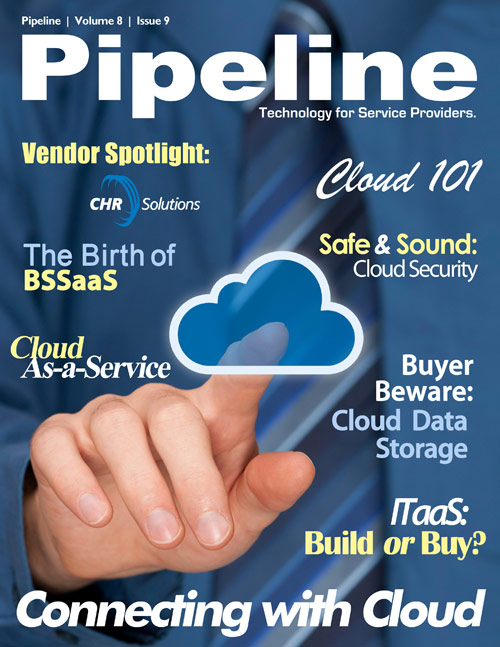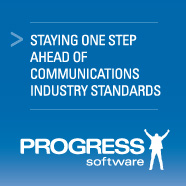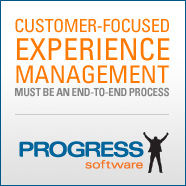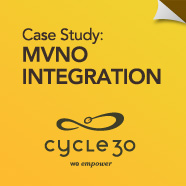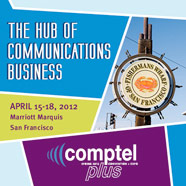Bespoke network and IT architectures have been the natural consequence of CSP attempts to get new products to market quickly and a legitimate need to isolate certain network functions. Now, because IT is no longer just one aspect of business, rather the means of doing business itself, those homegrown IT solutions need to interact with a myriad of business functions, from billing to customer service. In fact, CIOs reported that more than two-thirds of bespoke applications are delivered with substantial budget overrun and 74 percent have some level of budget overrun; and that's a luxury today's CSP CIOs can't afford. COTS vendors can seize the moment, according to the report, with its prediction that COTS and integration budgets will be 10 to 20 percent higher over the next year and a half.
The reason for the increased interest in investing in more flexible, standardized IT solutions is evident when you look at the inordinate percentage of CAPEX dedicated just to maintaining existing, outdated IT systems and not to innovation and service differentiation.
Scott Burgess, Director of the office of the CTO for EMC consulting, says an astonishing 70 to 80 percent of IT budgets go toward just "keeping the lights on." Respondents to the Oracle PWC report indicated they were spending 60 percent, more than half of the IT budget, just keeping the lights on.
"Given the levels of change in the market we have noted COTS vendors reshaping their offerings from traditional packaged and fully integrated product models to more flexible on-demand services across a range of platforms," the report adds. "Over the next 18 months…95 percent of respondents intend to increase their IT budget allocation for COTS applications."
Burgess also points to the scalability requirements of service providers and the need for more "pay-as-you-go" solutions to manage costs. "The shift for large providers is to drive significant automation and integration with large-scale subscribers," he notes.
A flexible IT infrastructure that easily interfaces with subscribers is what will make this possible.
ItaaS for CSPs
"CSPs are at a crossroads," Dan Ford, vice president, product marketing, Oracle Communications says. "They face another year of budgetary pressure, at a time when the need for innovation and competitive differentiation has never been greater. CSPs need to increase customer retention and improve the provision of content and services, such as media and applications. More CIOs are focused on simplifying and streamlining their core IT operations and focusing on the areas of their IT operation, which can drive real efficiency and growth within the business."
CSP CIO and CTOs who responded to the Oracle PwC report survey identified in the near-term they will be focused on:
- "Replacing or upgrading billing and CRM systems to provide an improved and more efficient self-managed customer experience.
- "Self-managed development of portal and content domains for improved customer access.
- "Embracing true customer centricity and customer excellence programs.
- "A new approach to IT and business simplification that relates and integrates more effectively with core business functions and encourages innovation.
- "Developing broader and deeper working relationships with the business and the finance community to better understand now IT innovations can impact the bottom line.
- "Expanding the TCO calculation to better reflect the true cost of IT implementation within the business – a consideration for both the CIO and the chief financial officer (CFO).
- "Continuing to exploit the outsourcing opportunity for nonstrategic systems as a means of focusing on innovation of core business functions: CRM, billing, mediation, etc.
